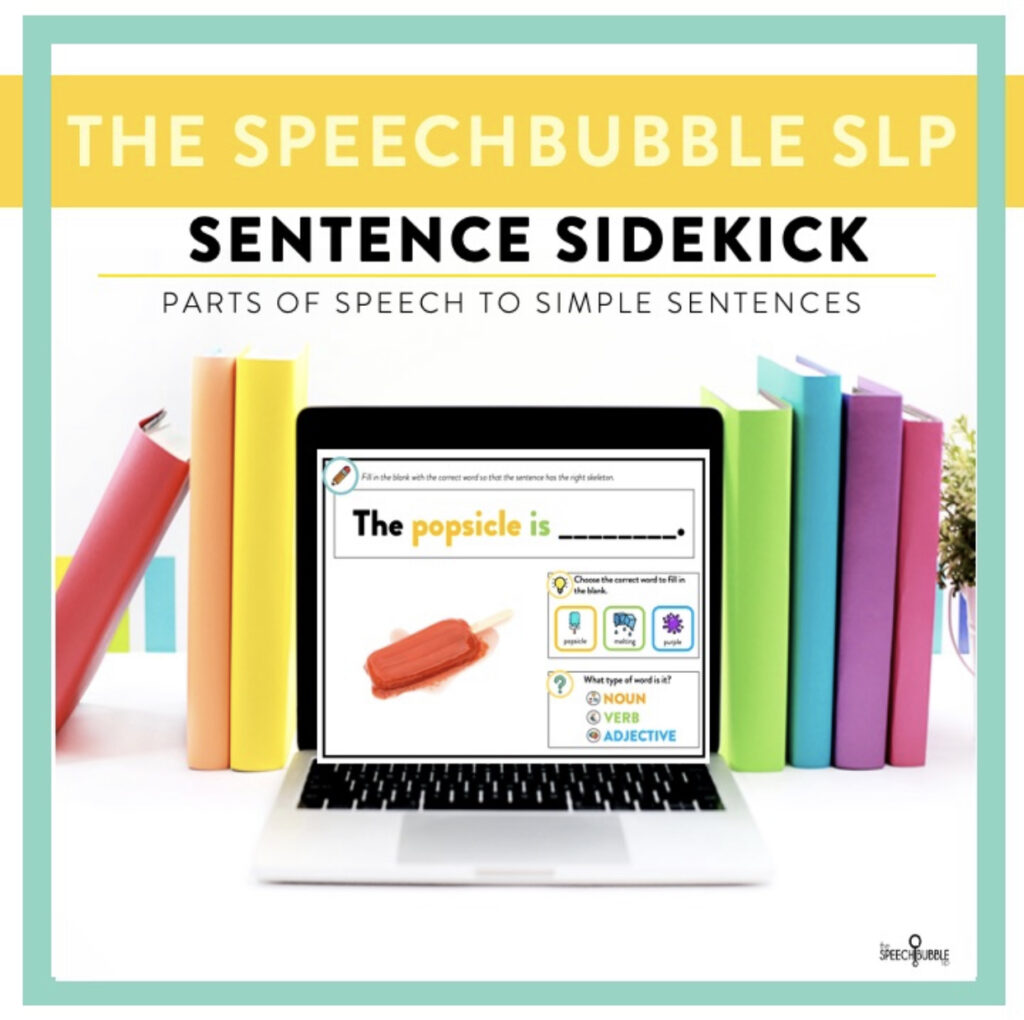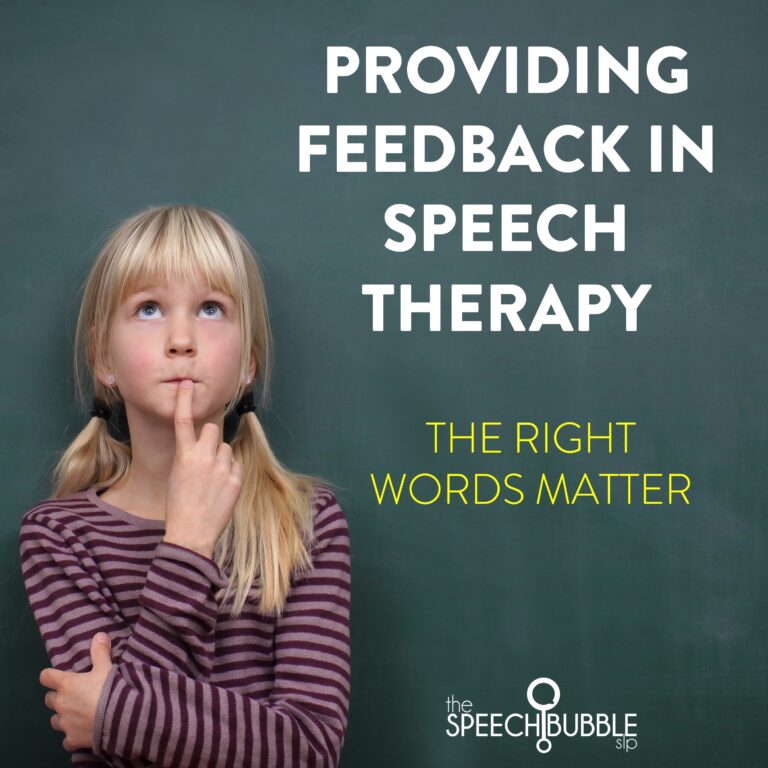One of the things we are told when start to inquire about being SLPs is that this profession can give you flexibility in where you work, but, we usually just here about SLPs in the schools, private clinic, or hospital. You know, ‘the traditional’ settings. So where is the flexibly we were told about? So I found some SLPs who work in those non-traditional settings and they are sharing some of the inside information on their interesting locales. Here’s some info from SLPs in non-traditional settings, for SLPs in non-traditional settings.

All of the SLPs who graciously participated, were asked similar questions about their settings.
1) What is your therapy setting
2) How did you find yourself in this setting?
3) How does therapy in your setting differ from traditional ( school/SNF/Hospital ) settings
4) What are the pros and cons of your setting?
5) What do you want other SLPs to know about working in your setting?
Below are their respones
Meredith and Goose: Animal Assisted Therapy
Side note and fun fact. Meredith is the brains behind Peachie Speechie! The blog, store, and creator of those amazing SLP shirts that you see everyone sporting’. You can check out her design gallery HERE.

1. My setting is an elementary school serving students age 4 through 11
2. My therapy room and setting is actually the same with a dog as it was without a dog! We just added a large chair for Goose to sit in when he was small. We plan to have Goose visit classrooms next year so then our setting will be different (the general ed classroom) as well as the way therapy is done (push-in vs. a pull-out model).
3. The pros: AAT is highly engaging, and dogs offer attention without judgment. A recent article from the Stuttering Foundation stated “…the presence of a therapy dog is beneficial to learning, but may be particularly beneficial to language-impaired children” (Wilson, 2016).
The cons: Some kids have pet allergies or fears and aren’t able to comfortably work with animals. Some therapists/handlers choose to work with less allergenic breeds such as poodles, labradoodles, etc. My dog is a boxer and he sheds so I will be sending home parent permissions slips in August and keeping a small vacuum in my room.
4. There is limited research on AAT and I would like to encourage SLPs to explore and research it as a method that could be useful in a variety of settings (school, private clinic, etc.)
Meghan: Teletherapy
1. I am currently doing tele-therapy from Ohio for two brick-and-mortar schools in West Virginia and four virtual charter schools in Oklahoma and Michigan.
2. I started my SLP career in the school setting in Florida, but wanted to move closer home near my family. I moved to south-eastern Ohio and took a job in a Skilled Nursing Facility, but was discouraged with the daily commute of 2 hours. I had been intrigued by tele-therapy since graduate school and found my circumstances set me up to seriously seek the opportunity.
3. I don’t have a daily commute, unless you count climbing up the stairs to my home office! I don’t have any responsibilities other than the paperwork and servicing students. I work from home, so all of my communication with teachers and families is from my personal cell phone and my email address.
4. Some things I consider as tele-therapy “pros” are not commuting for hours in the car every day, getting paid for no-shows and cancellations within 24 hours, and creating my own hours/schedule. Several “cons” I have discovered are also not commuting (I can never leave work), having to do all communication with staff and families over the phone or through email, “hidden” costs (such as printing and mailing progress notes to my brick-and-mortar schools), having brick-and-mortar schools asking if I’m a “real” speech therapist, required make-ups within a week for cancellations over 24 hours (try fitting that into a full schedule!), never getting a “spring break” because my 6 schools are on different academic calendars, spending 8 hours a day staring at a screen, and having no co-workers.
5. Before making a full-time jump into tele-therapy, you really need to consider if the setting is right for you. I am an introverted SLP, and thought that working from home would be the relaxing shift I needed, but it’s proven to make my home feel like work. Establish a good routine of where to practice (I have a home office that I only enter to work), and cut yourself off from working all the time! Also, you need to invest in high-quality internet and a great computer, or you will look like a blur of pixels to your clients. The start-up costs are high (for me, it was a new desktop computer, the best internet offered by Time Warner, liability insurance, a great accountant, and 3 extra licenses on top of my Ohio SLP license), but I would definitely recommend giving this new aspect of our field a chance!
Meghan also has a blog with some additional information about her adventures in teletherapy. You can find it HERE.
Diana: Military
1) What is your therapy setting?
I work as a civilian for the Army, providing primarily outpatient therapy for Active Duty Soldiers in a Military Treatment Facility (MTF). I am able to provide limited inpatient services, as well as treat some family members of service members and retirees.
2) How did you find yourself in this setting?
I did my internship here during my last semester of grad school and absolutely loved it! This was in 2006 and I was seeing so many soldiers severely injured from IED blasts from the war. Their spirit, drive, and motivation to get better was amazing. At that time, there was only 1 SLP on post. About a year after I left, she contacted me as they had finally decided to hire an additional SLP and they wanted me to come back to work for them. I said yes immediately!
3) How does therapy in your setting differ from traditional ( school/SNF/Hospital ) settings
I’ve worked with thousands of soldiers who have been traumatized by war. I had to learn a lot about PTSD and other co-occurring conditions that can have such a impact on cognition. I spent 7 years in a Traumatic Brain Injury Clinic working primarily with soldiers who have had multiple mTBIs during their deployments. There’s a ton of counseling involved with this population. You also have you work around the military-the training schedules, the mission. We created a return to duty program in which we utilized various training skills to assess a soldier’s ability to function in a deployed setting. That involved battle simulations, medical evacuations, land navigation, and virtual reality.
4) What are the pros and cons of your setting?
I would say some of the pros of this setting are that we get to do a lot of cool, untraditional therapy and treatment. We’re helping these soldiers who have put their lives on the line to make this world a better place. At times, we have a little more flexibility in regard to program development, protocols, and therapy interventions. Oh, and we get federal holidays off 🙂
Some of the cons: therapy time is sometimes limited due to the patient having to leave at the last minute for training, or they get orders to move to a different duty station, get medically retired from the Army, or deploy. Currently, I’m the only SLP at my hospital. There’s not always enough time or resources to do what needs to be done. We’re limited by government funding. Also, military staff are not permanent, so there is always change.
5) What do you want other SLPs to know about working in your setting?
This is not easy work. It’s definitely challenging and frustrating at times. Back in 2013 we went through a furlough in which we could only work 4 days a week and lost 20% of our salary for about 10 weeks. That didn’t just hurt us (all civilian employees), it hurt the soldiers, too. It’s hard when there’s talk of a government shutdown. But, I can honestly say that this can be some of the most interesting and rewarding work you’ll ever do. I get to do and see things, from a treatment standpoint, that I’d probably never see or do working anywhere else.
Thank you to these amazing professionals for sharing about their locations!




















